EASY
Earn 100
The number of scattered -particles detected versus scattering angle graph for -particle scattering experiment (Rutherford) is best represented by
(a)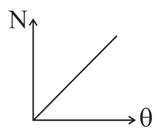

(b)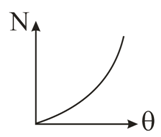

(c)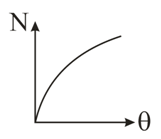

(d)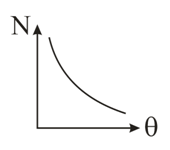

50% studentsanswered this correctly
Important Questions on Atomic Physics
EASY
HARD
Consider the following statement:
(I) All isotopes of elements have the same number of neutrons.
(II) Only one isotope of an element can be stable and non-radioactive.
(III) All elements have isotopes.
(IV) All isotopes of Carbon can form chemical compounds with Oxygen.
The correct option regarding an isotope is:
EASY
Match List (Experiment performed) with List (Phenomena discovered/associated)and select the correct option from the options given below the lists
| List-I | List-II | ||
|---|---|---|---|
| Davisson and Germer experiment | Wave nature of electrons | ||
| Millikan's oil drop experiment | Charge of an electron | ||
| Rutherford experiment | Quantisation of energy levels | ||
| Franck-Hertz experiment | Existence of the nucleus |
HARD
MEDIUM
EASY
EASY
EASY
MEDIUM
MEDIUM
EASY
A beam of fast moving alpha particles were directed towards a thin film of Gold. The parts and of the transmitted and reflected beams corresponding to the incident parts and of the beam are shown in the adjoing diagram. The number of alpha particles in
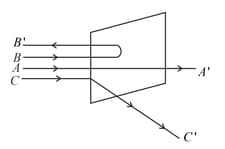
MEDIUM
EASY
MEDIUM
(Planck's constant electron mass )
EASY
EASY
(Ignore radiation due to motion of electric charge)
EASY
MEDIUM
EASY
Scattering angle
Number of scattered -particles detected
(Plots are schematic and not to scale)

